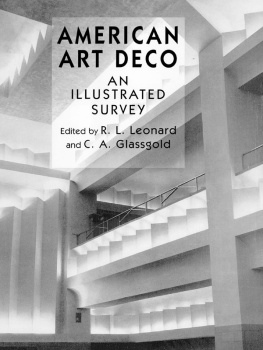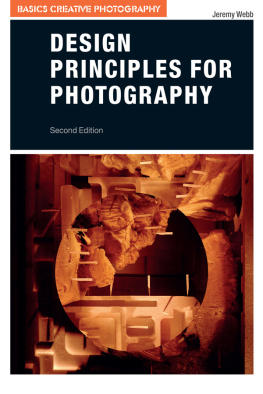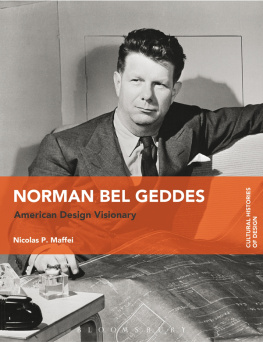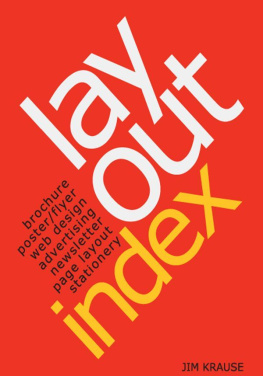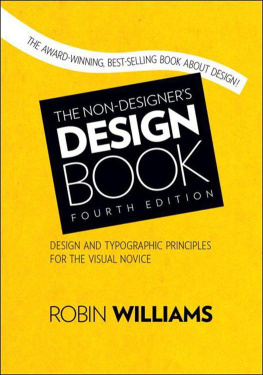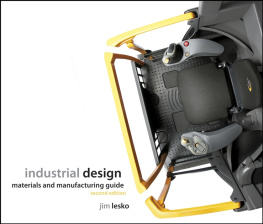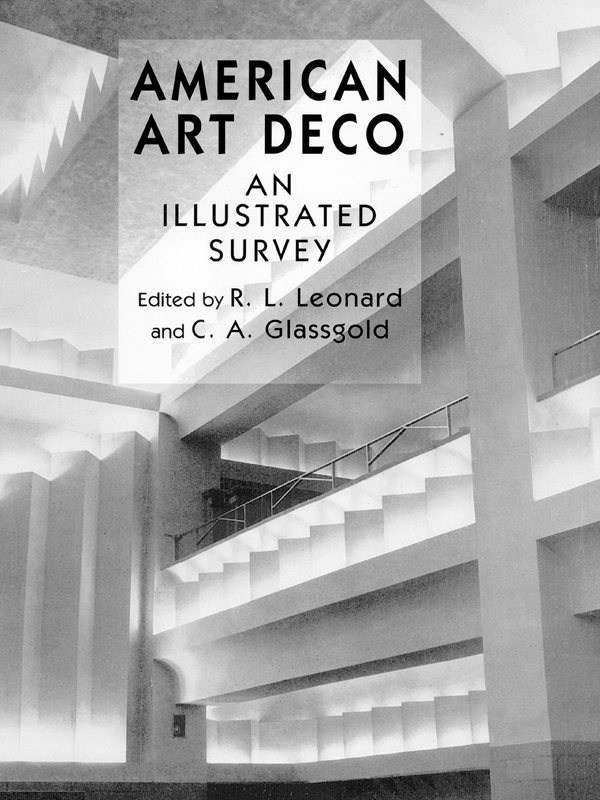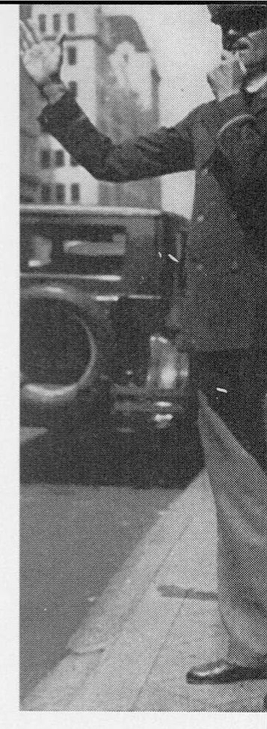Thanks are due to Dr. M. F. Agha, Art Director of Cond Nast Publications; Richard F. Bach, Director of Industrial Relations, Metropolitan Museum of Art; M. D. C. Crawford, Research Editor, Fairchild Publications; Hugh Ferriss and Lewis Mumford whose interest prompted them to write articles for this volume; and to Manuel Komroff for his editorial advice.
CREDIT TO PHOTOGRAPHERS
Adams Studio 92b, 93c, 131
Alvarada, A. de 100a
Apeda Studio 216
Bernhard, R . 45,54, 55, 64, 73
Blakeman & Shutter . 85b, 86b
Bogart, A. B., 70b, 76d, 84a, 84b, 96b, 110, 111, 120
Bradley, F. 63a, 145
Brown Bros 109
Bruehl, A .28
Byron Co 134a
Collins, H. S . 52c
Collins, J . 90
Connell, W., 13, 14, 15, 41b, 41c, 46, 118, 119, 136, 175
Danielson, E., 18, 19, 52a, 60, 62b, 63b, 63d, 127, 128, 129
Drix Duryea . 33a, 69b
Drucker & Baltes 126a
Ellison, T . 113
F A B Studios. 53b, 53d
Fischer, S 43, 84c, 114, 115b
Flannery, H 157
Fletcher-Barr 61b
Fuermann, H., & Sons 44b, 99
Gerlach, A 11, 95b, 105, 130b, 130c
Hall, C. 36c
Harting, G. W 58a, 78, 97b, 137
Healy, H. G 121
Hedrick-Blessing Studio . 40a
Herbert Photos 61a, 130a
Hewitt, M. E 32, 97c
Juley, P. A., & Son. 53a, 126b, 134b
Kedrick-Blessing Studio .16, 17
Kilham, W. H., Jr 62a
Luther, H .91c, 91d, 91e
MacMee Photos. 50d, 50e, 92a, 93a, 93b, 112b, 138a, 147a, 149b
Merrill, D. B 100c
Morgan, W. D 21a
Mott Studios. 22, 23
Nyholm & Lincoln . 37b, 124, 125, 138b
Old Masters Studio 29a, 36a, 36b, 41a, 53c, 82, 83, 88a, 98b
Rehnquist, E. H. 50b, 94, 98a, 98c, 150b
Ruggles, E . 91a, 91b
Shannon, P 112a, 116b, 117a
Simons, S. F 62c, 62d
Snyder, D ; 38, 39
Steiner,R 116a
Takagi, V . 44a, 57a, 61c
Tebbs & Knell, Inc 70a
Tornello 95a
Van Anda, G. H 20, 40b, 81, 115a, 135
Van Horn, T. 33b
Webster Bros .71
Weissner Studio 143, 85a, 143
Worsinger 24, 30, 31, 34, 35, 42b, 49, 51b, 51 c, 51 d, 63c, 68, 74b,
75a, 75b, 86c, 87, 88b, 89, 96a, 147b, 147c
KEM WEBER
THE MODERN SHOP
The modern American store with its necessary requirements is certainly not a place for superficially applied interior decoration nor is it the outlet for artistic temperament.
Its problem is not solved by standardized store equipment corporations who have made no basic change in their solutions for the last twenty years and who cannot consider the individual problems of a store because of their huge stock of standardized materials.
Successful merchandising today is dependent upon the ability of the retail merchant to keep pace with modern progress and to be thoroughly cognizant of the latest developments in relation to the merchandise he sells.
Public acceptance of a newly developed commodity depends upon the consideration and interest the retailer gives to it and upon his effort to awaken public recognition for its advantages. Because of his position as a combination of servant and tutor to the public taste, the modern American retail merchant is becoming more and more an important factor in the cultural development of his country.
It is evident that American merchants have not awakened to the importance of keeping their stores esthetically in tune with the progress made in their products.
Theoretical and practical retail merchandising problems, merchandising efficiency, economy, buying and selling, advertising, etc.,in fact all of the various phases of store operation are being discussed in conventions, in the trade press, and through professional merchandising advisors.
Innovations are being analyzed and compared, experimented with, and if successful employed everywhere.
This co-operative progress, however, has not included any question of esthetics.
The importance of public reaction towards appearance, the strong psychological influence of well balanced form and color is finding only occasional recognition here and there.
Its vital and direct influence on the success of retail merchandising establishments has never been fully accepted.
Store appearance and store designing, the necessity of attraction, practical store requirements, etc., are being solved through a stereotyped method of selling store equipment.
The retail merchant has a limited selection of typical store fronts and display windows which vary in type slightly, depending upon the merchandise to be sold.
There are more or less typical solutions for each of the various branches of merchandise which standardize appearance and which classify any departure as radicalism.
The particular locality of the store, its immediate environments, the individuality of the community and the people the store is to serve, the characteristic methods of operation, which in many cases have been responsible for its successall of these are being continually submerged in favor of a standardized method of planning and design.
Store designing has been divided into two functions.
Firststore planning which incorporates all the practical requirements and which is based upon a traditional development of business activities.
The bible which is followed religiously is a book of knowledge in which is printed in black on white apparently unshakable proof that all stores must always be planned in a fashion which allows standardization to the manufacturer of store fixtures who wrote the bible.
Secondinterior decoration which superimposes such forms, details, mouldings or colors on the store plan as happen to be the fashion of the time.
The latest introduction into the field of store designing is the method of employing a store architect who knows the bible by heart and in addition an artist designer to attend to the interior decoration.
The store architect knows and can definitely prove traditionally the correct sizes for the heights of a display case, or selling counter, or hosiery drawer. He knows the relation between the different departments and the Lamson tube system, and all other operating requirements according to the bible.
The artist designer knows all about balance, and form and color and vistas.
The result is a COMPROMISE.
The modern American store has to be a definite departure from heretofore used methods of procedure.
Its design must be based upon the unbiased recognition of its particular purpose and functioning.
The design of such a store must be an effort to accept the machinery of modern merchandising as a basic factor and to develop out of it an expression esthetically beautiful.
Or to phrase this differently esthetic beauty has become an essential function of a modern merchandising machine.
This is not achieved by merely buying the store a new dress. It is only successful if the organization of all its essential parts and details is healthy, well proportioned, and well balanced. Display, service, stock facilities, operating devices, accommodations for customers, air, light, comfort, efficiency, and all the many details necessary for modern methods of selling merchandise must be combined; and the esthetic beauty of the completed store depends upon the quality of these details and the understanding, restraint, and culture employed to formulate the entirety.

